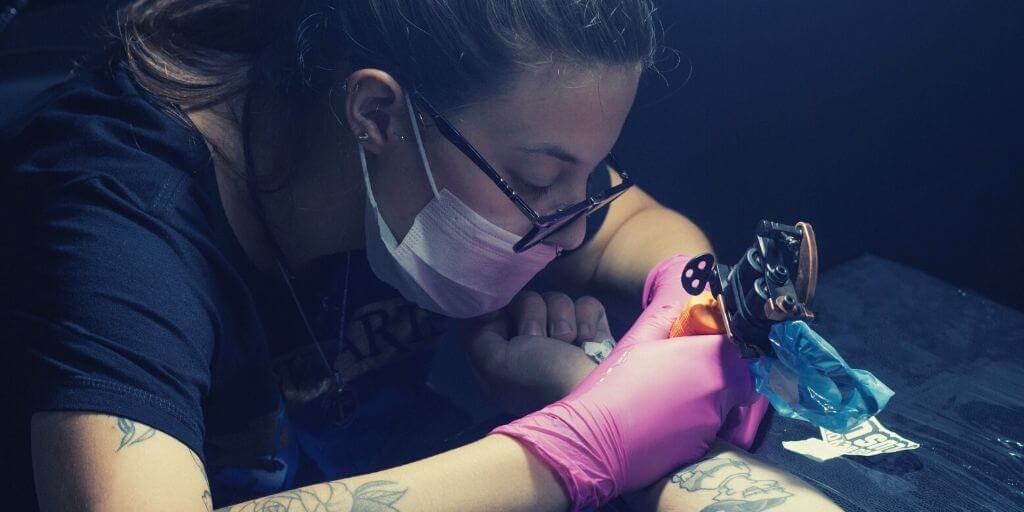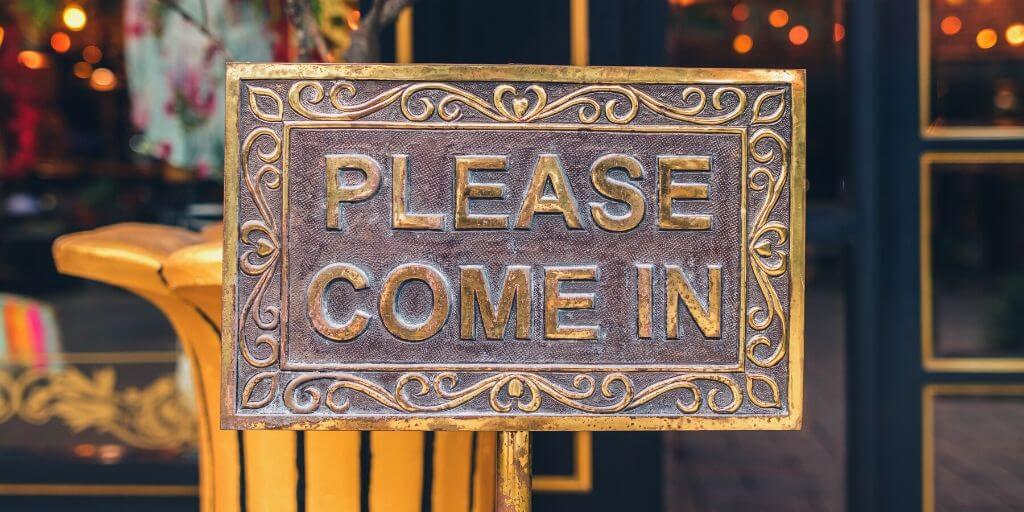In Phase 3 of New York’s reopening plan, businesses may resume providing “personal care services.” Activities in this industry group include
- Tattoo parlors
- Piercing facilities
- Appearance enhancement practitioners
- Massage therapy
- Spas
- Cosmetology
- Nail specialty
- UV and non-UV tanning
- Waxing
Hair salons and barbershops could already reopen during Phase 2 under limited industry guidelines. But they may be able to expand their operations in Phase 3.
The industry-specific guidelines for personal care establishments fall into six categories: Physical Distancing; Workplace Activity; Protective Equipment; Hygiene, Cleaning, and Disinfection; Communication; and Screening. Summary Guidelines for personal care services include both Mandatory and Recommended Best Practices. The guidelines indicate that companies must also follow other CDC and DOH recommendations to protect workers and customers and prevent the spread of the coronavirus.
Physical Distancing
All of the personal care services identified above have a 50% occupancy limit for each location. This restriction applies to both personnel and customers. Workstations must be at least 6 feet apart from others, which may require businesses to modify their layout.
Employers must post 6-foot social distancing markers to remind workers and customers to keep space between them. These markings are especially crucial in commonly used areas such as around cash registers, places where employees clock in and out for their shift, locations where health screenings will occur, break rooms, and restrooms. Signs must direct traffic to reduce bi-directional foot traffic within the building and clearly identify exits and entries.
Businesses should implement an “appointment only” policy to control the number of individuals within the building at any one time. The use of waiting rooms is discouraged when possible, and companies should establish designated areas for pick-up and delivery. Customers should remain in their cars or outside until their appointment time.
Your business can find the maximum occupancy limit by locating the certificate of occupancy for each location. If your company is leasing the property, you can contact the landlord to obtain this information. The maximum occupancy applies to all tenants within a multi-unit building. You may need to consult with the building owner to determine what portion of the reduced occupancy limit applies to your business operations.
To comply with the 50% occupancy limit, businesses offering personal care services must consider alternative methods for reducing their workforce. Possible options may include adjusting retail hours, shifts, and schedules to limit occupancy.
Industry-Specific Suggestions
Businesses offering personal care services should consider posting customer instructions, lists for pricing and available services, and any other information that may assist in expediting the visit to the office. For example, tattoo and piercing parlors may want to consider posting their designs online or in a window display.
Nail specialty facilities should remove displays containing nail polish or any other products often handled by customers and clean and disinfect shared objects after each use.
Workplace Activity
Customers must continue to wear face coverings while receiving personal care services, including lip and nose piercing, face massages, facials, and waxing.
Guidance for Tattoo and Piercing Facilities
Businesses that offer tattoos and piercing must use brand new needles on each customer and clean and disinfect tools after each use. Follow the guidelines for cleaning and disinfecting set forth by the New York State Department of Health (DOH), the U.S. Occupational Health and Safety Administration (OSHA), and the Centers for Disease Control and Prevention (CDC).
Businesses offering nail specialty services and waxing must clean and disinfect the following items using an EPA-approved solution after each use:
- Manicure and pedicure baths and bowls
- Hand and foot drying tables
- Wax containers and applicators
- Towels, finger bowls, and spatulas
The use of disposable gloves is encouraged for mixing and sampling products, cleaning tools, and during application.
Salons that offer spa and massage therapy services must adhere to the following guidelines:
- Clean and disinfect all rooms, linens, and face cradle covers after each use.
- Customers must wear face coverings when receiving services and positioned face side up.
- Close saunas, steam rooms, or any other services that occur in enclosed spaces where it is difficult to maintain social distancing or wear masks.
- Clean and disinfect tanning beds and booths after each use.
Protective Equipment
All customers must wear face coverings unless they are under two years old or have a medical condition that restricts their ability to wear them.
Employers must provide face coverings to all employees at no cost and clean or replace them when necessary. Employers are also responsible for adequately training employees on how to use face coverings properly while at work. However, employees may wear personal face coverings. Employees must wear face coverings whenever they come within 6 feet of a coworker or customer.
Businesses should eliminate the sharing of objects or equipment. Where that is not possible, they must supply employees with rubber gloves to prevent the transmission of the virus.
Industry-Specific Suggestions
Individuals performing tattoo or piercing services must wear a surgical mask covering their nose and mouth, eye protection, and disposable gloves. The risk of transmission is much higher due to the type of service.
Hygiene, Cleaning, and Disinfection
Businesses offering personal care services must adhere to hygiene and sanitation requirements set forth by the CDC and DOH. These guidelines include providing and maintaining proper hand hygiene stations throughout the building.
Businesses must arrange for frequent cleaning at least after every shift, daily, or more frequently. Companies should pay particular attention to shared objects and surfaces and high traffic areas. This cleaning and disinfecting should be performed using the Department of Environmental Conservation (DEC) products recommended for COVID-19. A daily cleaning log should be maintained on-site and should include the date, time, and scope of cleaning and disinfection. Employees must also be provided with the supplies to clean and disinfect commonly used areas, shared equipment, and worksites before and after each use.
Businesses must perform a deep cleaning and sanitation as frequently as possible. This requirement may require companies to engage the services of a third party specializing in cleaning and disinfecting buildings.
Where possible, companies should increase the circulation of outdoor air while maintaining safety precautions.
Industry-Specific Suggestions
All workstations, reusable tools, and non-disposable instruments must be cleaned and disinfected between each use. There must be adequate time between clients to conduct proper cleaning.
Communication
Every business must develop a COVID-19 safety plan. New York State has created a safety plan template to use as a starting point. However, safety plans must be consistent with the business and facility.
Employers may include additional policies and procedures that will assist with slowing down or eliminating the virus’s transition. Once that is complete, the company must submit an affirmation confirming that they have read, understood, and intend to implement the guidelines.
All employees should be trained on the new protocols and educated on the importance of cleaning and sanitation, as well as the need to respect social distancing guidelines and wear face coverings, when appropriate.
Signs will need to be posted inside and outside of the retail locations to act as a constant reminder to customers and staff of the importance of proper hygiene, social distancing, appropriate use of PPE, and the mandatory cleaning and disinfecting protocols.
You can find many of the required signs on the CDC website. It contains printable posters for businesses to utilize related to the following:
- How to protect yourself and others in public settings;
- The importance of wearing face coverings;
- How to safely wear cloth face coverings;
- Symptoms of COVID-19 that individuals should look out for;
- How to stop the spread of germs;
- Facts about COVID-19; and
- Hand washing.
Screening & Tracking
All employees and visitors should be subject to a mandatory health screening assessment. This screening should include questions about symptoms and an individual’s contact with COVID-19 patients. Employees must be tested for COVID-19 every 14 days while their Region remains in Phase 3 of the State’s reopening plan.
Screening can also include temperature checking, testing, and the collection of contact information. Companies cannot force customers and delivery personnel to participate in health screening, but should attempt to collect this information if possible. Remote screening before a person comes on-premises is ideal.
For situations involving positive cases or potential exposure, business operators must follow the DOH’s “Interim Guidance for Public and Private Employees Returning to Work Following COVID-19 Infection or Exposure”. The guidance, which is likely to change, includes instructions on how to properly clean and disinfect work areas after learning of a positive case and when employees may return to work after exposure.
Employers must keep a daily continuous log of all employees and visitors that enter the worksite. Where possible, companies should try to collect customer information as well. All individuals entering the building should provide their contact information for purposes of contact tracing. While it is not mandated, businesses should try to collect customer contact information. A communication plan should assign responsibilities for tracking visitors, collecting contact information, conducting mandatory health screenings, and provide clear instructions on how to report positive cases.
Next Steps for New York Businesses Providing Personal Care Services
If your business fall into this Phase 3 category, you must review the industry-specific guidelines and affirm that you have read, understood, and intend to implement them before reopening. You must draft and post a safety plan and put up appropriate signage. You also need a strategy to perform health screenings and assist in contact tracing when required.
Businesses that offer personal care services must designate a safety monitor responsible for ensuring compliance with the company’s safety plan and New York State Guidelines. Employers have to train individuals responsible for conducting the health screening, collecting contact information, performing contact tracing, and notifying the state and local health department of positive tests.
The company must also develop a plan for cleaning, disinfecting, and performing contact tracing if a positive case occurs. Minimum measures should include cleaning and disinfecting all heavy-transit areas and high-touch surfaces.
For our latest information on reopening your workplace and other issues of importance to New York employers, subscribe to our newsletter and follow Horton Law on LinkedIn.


